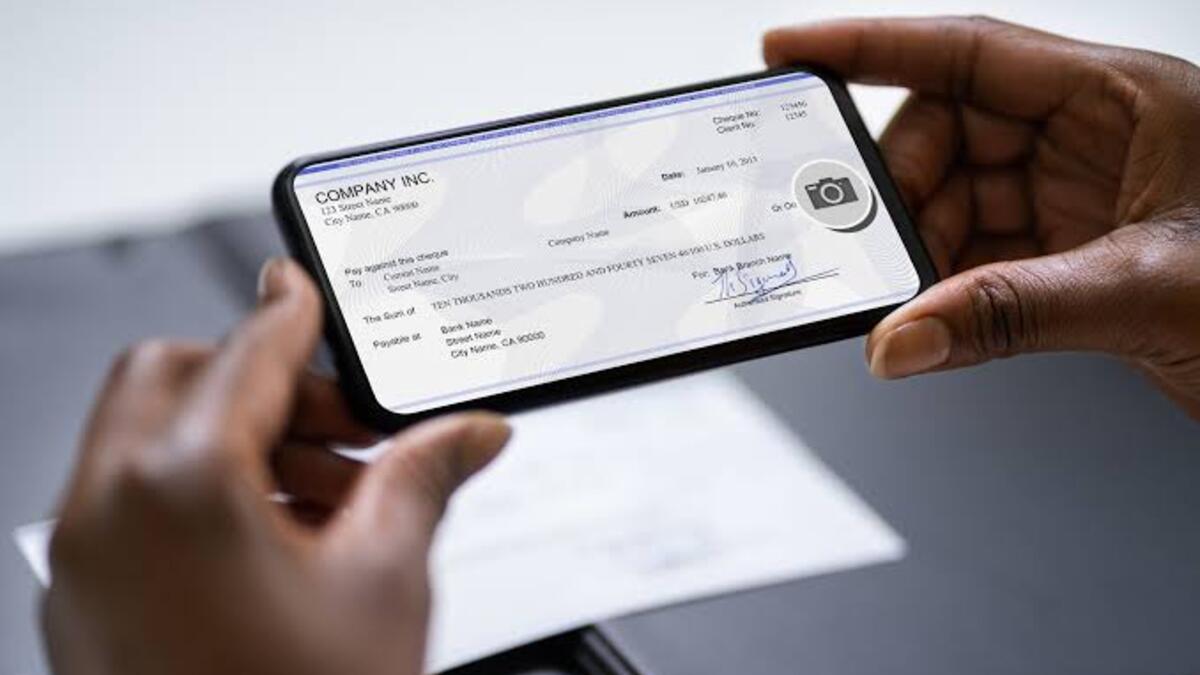Fake Check Scams: How To Spot, Avoid, and Report
In a bogus check scam, a stranger asks you to deposit a check — often for thousands of dollars, and frequently for more than you are owed — and transmit some of the money to another individual. Scammers always have a good excuse for why you can’t keep all of the money. They may tell you that you must pay taxes or fees, or that you must purchase a product.

Fake checks come in a variety of shapes and sizes. They may mimic company or personal checks, cashier’s checks, money orders, or an electronic check. To help you out, we’ll show you how to spot, avoid and report fake check scams easily. Bearing that in mind, let’s kick things off!
6 Ways to Spot and Avoid a Fake Check
Scammers can now make counterfeit checks that look similar to the real one because of innovations in scanning and printing. However, there are a few physical cues that can help you figure out when you’ve come across a fake paper. Let’s have a look at them below;
1. Examine the edges
Checks that are genuine will usually have at least one rough or perforated edge. Examining the margins of a fake is a definite method to recognize it. If it has smooth edges on all four sides, it was most likely not issued by a financial institution.
2. Look at the logo
The emblem of the bank where the account is housed is a distinguishing feature of any valid check. If there is no branding, it is most likely not a genuine check. If there is a logo, but it is faint or faded, it has been copied from another source.
3. Check the bank’s address
Even if the logo appears to be genuine, verify the website of the stated bank or call its customer service number to ensure that the address on the check is correct. If the address is missing or contains a P.O. Box, don’t cash the check.
4. Examine the check number
Every valid check has a number in two places: the upper-right corner and the magnetic ink character recognition (MICR) line at the bottom. If the numbers don’t match, the check is fake.
Also, low figures, such as 101-400 on a personal check or 1,000-1,500 on a commercial check, should be avoided. This indicates a new account, and EPCOR advises that 90 percent of bogus checks are written from fresh accounts.
5. Rub the MICR line
Examine the quality of the line at the bottom of the check with your finger. The MICR line is printed with a special ink that is smooth. Any raised or glossy numbers indicate that the check is fake.
6. Check the paper
Authentic checks are printed on sturdy, matte-finish coated paper stock. When you bend a check, it should feel thin and flimsy, and it should not be glossy. Running a damp finger across inked pieces of paper is another test. The check is fake if the ink stains.
How To Report Fake Check Scams
If you think you’ve been targeted by a fake check scam, report it to:
Wrapping it Up
There you have it on how to spot, avoid and report fake check scams. Fake checks are used in many types of scams. The fake checks are often used to get consumers to send money for things such as debt reduction, mystery shopping, internet services, business opportunities and work-at-home offers.



